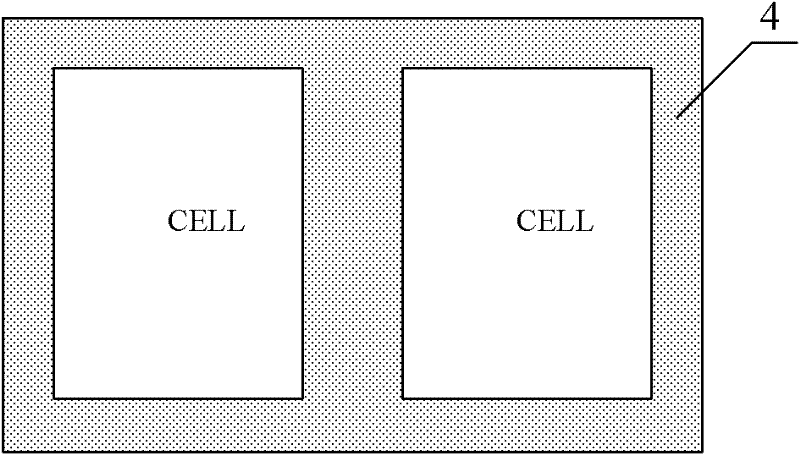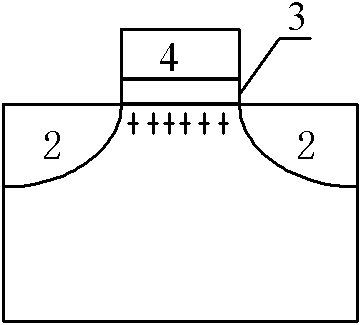Anti-radiation EEPROM memory array structure
A storage array, radiation-resistant technology, applied in electrical components, electric solid-state devices, circuits, etc., can solve the problem that the EEPROM memory cell array structure does not have application value, etc., and achieve the effect of improving radiation resistance.
- Summary
- Abstract
- Description
- Claims
- Application Information
AI Technical Summary
Problems solved by technology
Method used
Image
Examples
Embodiment Construction
[0014] Below in conjunction with accompanying drawing and embodiment the technical scheme of invention is described in detail:
[0015] According to the leakage principle of field oxygen isolation, such as figure 2 In the shown structure, a polycrystalline ring is added on the periphery of each memory cell, and the polycrystalline ring forms an HVNMOS isolation transistor with the N-type active region of the adjacent cell.
[0016] figure 2 In the shown structure, an isolation structure of an HVNMOS transistor is formed between the units. The working process and working principle of the structure are as follows: image 3 As shown, 2 is the respective N-type active regions of two adjacent memory cells, 3 is the gate oxide layer, and 4 is the polysilicon gate (that is, the gate of the HVNMOS isolation transistor). and figure 1 In contrast, there is no field oxygen region between the cells, and the active area between the cells forms the active area of the HVNMOS isolatio...
PUM
 Login to View More
Login to View More Abstract
Description
Claims
Application Information
 Login to View More
Login to View More - R&D
- Intellectual Property
- Life Sciences
- Materials
- Tech Scout
- Unparalleled Data Quality
- Higher Quality Content
- 60% Fewer Hallucinations
Browse by: Latest US Patents, China's latest patents, Technical Efficacy Thesaurus, Application Domain, Technology Topic, Popular Technical Reports.
© 2025 PatSnap. All rights reserved.Legal|Privacy policy|Modern Slavery Act Transparency Statement|Sitemap|About US| Contact US: help@patsnap.com



